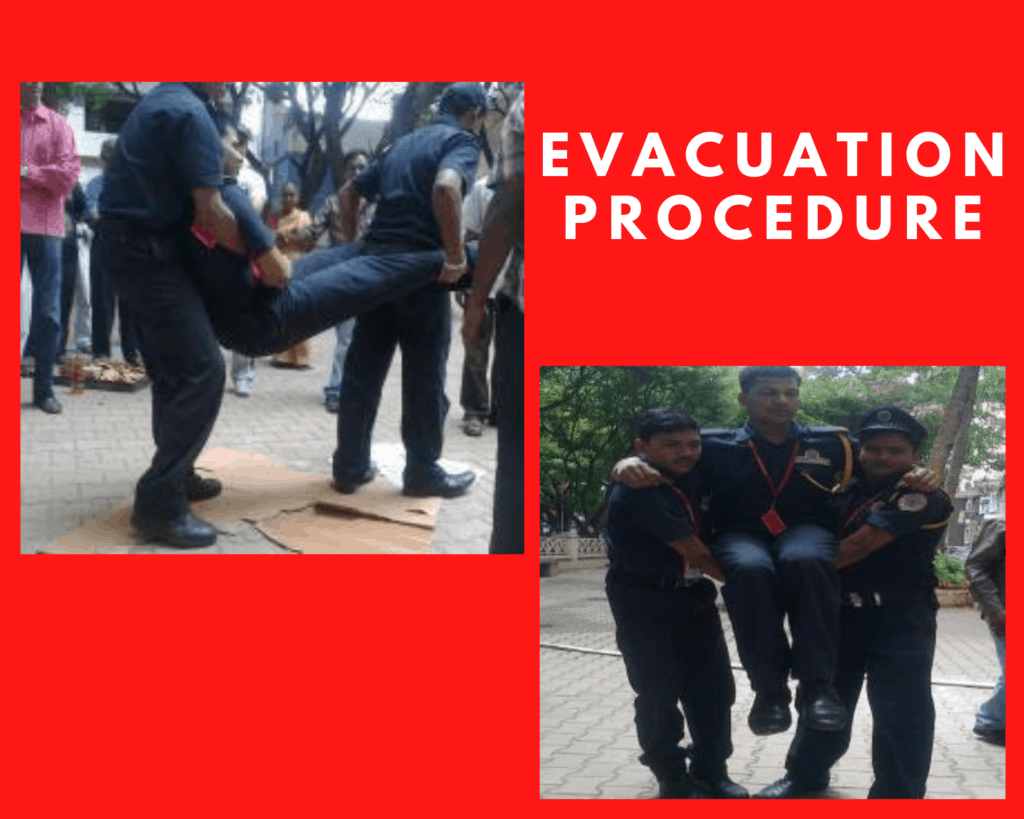On September 21, two women died in a fire that broke out at their apartment in Devarachikkanahalli. The balcony of their apartment unit was enclosed with metal grills, and hence they had no escape route.
The lack of fire safety is a concern in many Bengaluru apartments. Here’s an explainer on how to make your apartment fire-safe, and what to do in case of a fire.
What can Management Committees do?
First, the Management Committees in apartments have a crucial role to play. They should:
- Ensure the complex is fire-safety compliant, as per the National Building Code
- Conduct audits of fire safety equipment – hydrants, overhead sprinklers, fire extinguishers, signages, public address system, etc.
- Form a fire safety committee: Identify an emergency response team – comprising security guards, estate manager, staff members, electricians, etc – and facilitate fire-safety training for them. Try to identify block-wise resident volunteers.
- Conduct regular fire drills
- Ensure that emergency contact numbers and details of how to use fire fighting equipment, are posted on all floors
- Follow electrical housekeeping hygiene – check for frays or tears in all electrical cords in the building as well as in individual flats
- Keep passageways clear of any obstruction. Keep generator rooms, elevator shafts, electrical ducts/panels, etc., clear of any combustibles.
- Maintain at least 2-3 m distance between electrical equipment and combustible materials
- Do not store more than the required quantity of diesel in the building
Overall, every apartment needs to have a fire-safety plan. As a reference, here’s an action plan prepared by Raheja Residency, Koramangala.
“I observed that while fire systems in apartment complexes may be in good working condition, there is limited awareness among residents on how to operate these, and even amongst the staff and first responders. A document detailing the procedures needs to be posted on all notice boards so that everyone gets familiar with these.”
– Rohit Lotlikar, Chairperson of the Fire Safety Committee at Raheja Residency, and author of the apartment’s action plan
Read more: In schools, hospitals or shrines, you can’t escape fire risk in urban India
What can individual residents do?
Beyond Carlton, a citizen group that advocates for fire safety, has brought out the four-step ‘Apartment Fire Safety Guidelines’ for individual residents in apartments. The following steps outline what you, as a resident, can do.
STEP 1 – PREVENT
- Check home LPG cylinders for expiry date and any leakage before accepting them from the vendor
- Regularly change the pipe connecting the cylinder to the stove burner
- Do not wear loose clothes like chunni while cooking
STEP 2 – PREPARE
- Prepare a home and building emergency plan to follow in case of a fire
- Keep a small extinguisher at home, and learn how to operate it
- Learn to operate fire extinguishers in the building by participating in fire drills
- Keep the exits of the house and the building clear all the time. Corridors should not be used to place shoe racks, cycles, etc. These could prove to be obstacles in case of evacuation, and when using stretchers.
- Do not store any material on the staircase, which may block escape in case of fire emergency
- Have a medical emergency kit ready to use in case of burns
- Familiarise yourself with exit signs and escape plans of the building
- Train and retrain occupants and security guards every year on basic firefighting and rescue
Read more: “Apartments are at greater risk for fires than firecracker factories”
Even with the best of care, fires can occur due to cooking-related accidents, electrical or equipment malfunctions, and so on. The next two steps explain what you can do in case of a fire.
STEP 3 – FIGHT
- Do not panic as basic firefighting can be done using the resources around
- Operate the fire alarm by breaking the glass on the glass panel, to alert other occupants regarding the fire
- Use an extinguisher to put out the fire
- Use hose reels available on each floor, to douse the fire with water
STEP 4 – ESCAPE
- If your clothes catch fire, ‘Stop, Drop and Roll’ to smother the fire. Do not panic and run, as the fire will grow further.
- Keep a wet cloth/handkerchief on your nose. Crawl close to the floor to avoid smoke inhalation; as smoke is lighter, it will go up to the ceiling first.
- Do not stay inside the room and close the door. Try to get out of the smoke-filled house.
- Remember to help senior citizens, children and people with disabilities while escaping. Use a basic blanket or bed sheet for rescue, if needed.
- Do not use a lift in case of fire. Use only the staircase to come down from the upper floors.

If you have pets, you need to prepare for their safety too. Here’s what the Red Cross recommends:
- Include pets in your family fire-safety plan. This includes having a disaster-supplies kit for them, as well as arranging in advance a safe place for them to stay in case you need to leave your home.
- When you practice your escape plan, practice taking your pets with you. Train them to come to you when you call.
- Keep collars on pets and leashes at the ready, in case firefighters need to rescue your pet.
[Compiled by Sandhya Bhat]